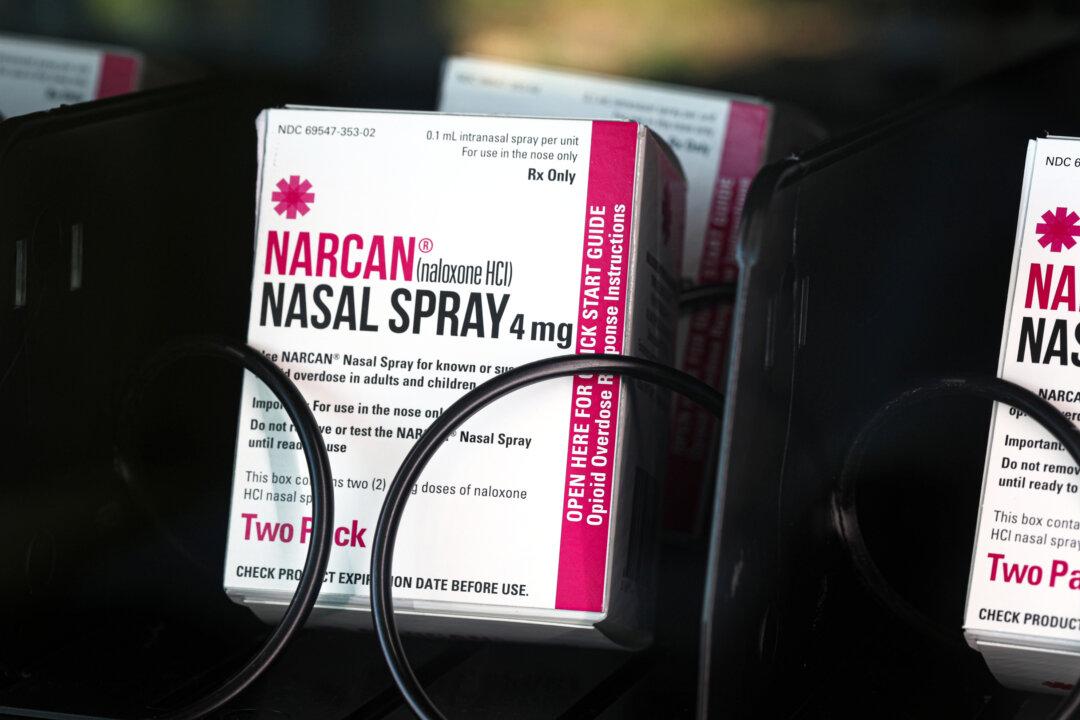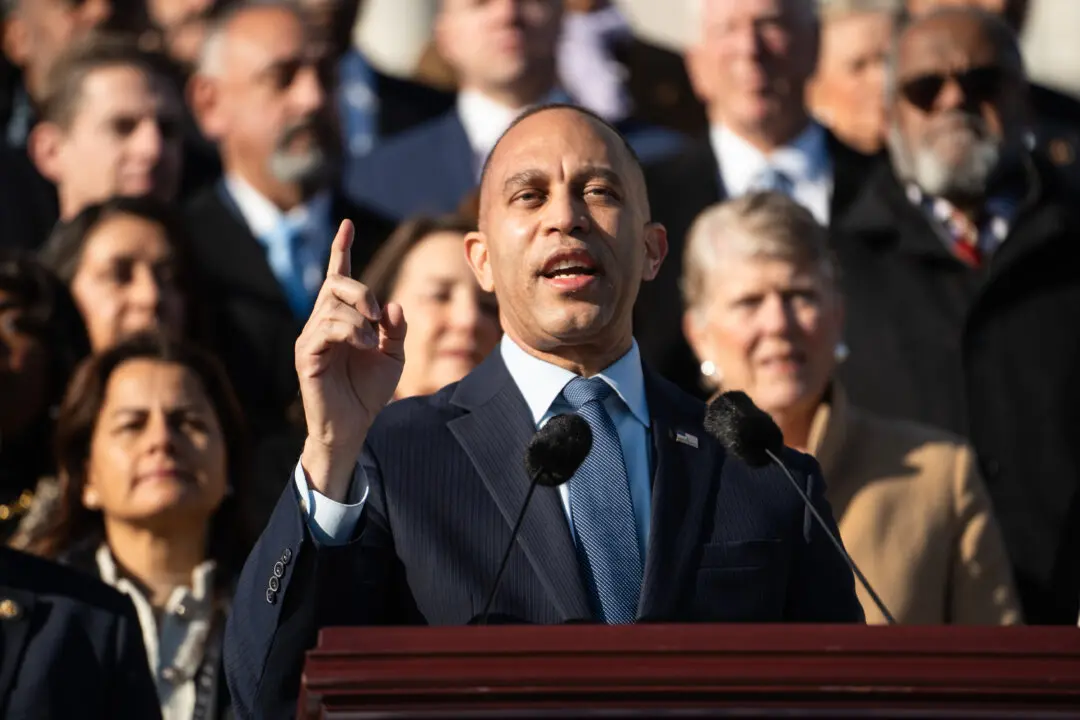Nationally, drug overdose deaths dropped by 14.5 percent over the past year for the month ending in June, according to the latest provisional data from the U.S. Centers for Disease Control and Prevention.
The majority of U.S. states saw a decrease in overdose deaths, while five states in the western half of the country saw increases. The total number of deaths dipped under 100,000 annually as the CDC reported that 96,801 deaths occurred for the year ending in June, down from 113,154 the prior year.





